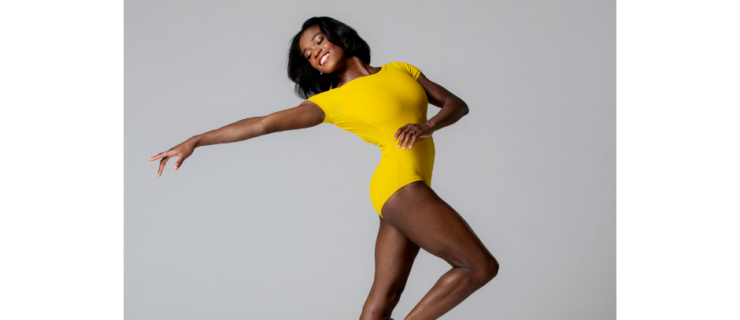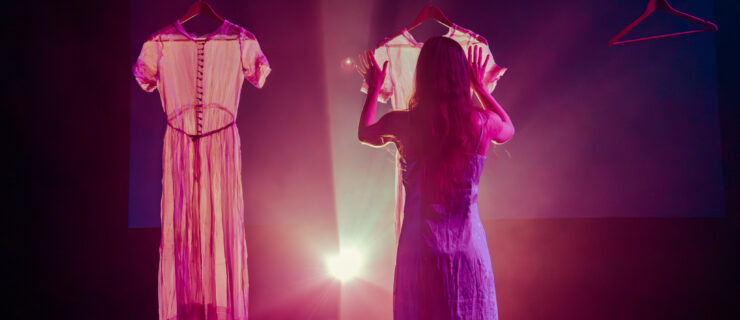Ballet du Grand Théâtre de Genève
Dorothy Chandler Pavilion
Los Angeles, CA
April 13–15, 2012
Performance reviewed: April 13
Hailed by some as the choreographic étoile du jour, Benjamin Millepied is, alas, more akin to the Minkus of dancemakers. In a program devoted to three of his works—all North American premieres—Ballet du Grand Théâtre de Genève, in its West Coast debut, saw its dancers muddle through Millepied’s relentlessly tedious steps and unattractive arm-flailings, while simultaneously quashing the tsunami of hype that the 34-year-old choreographer has been riding since making a splash in Black Swan.
Granted, Millepied had been steadily cranking out works for nearly a decade before his Swan turn, but show me the bourrées! Or at least the butts!
Seriously, pointe shoes would not have made a difference in Millepied’s trio of dances, as this hard-working troupe of 22 (under the ballet direction of Philippe Cohen), never wears them. And so it was that the spirited performers leaped, twirled, and arabesqued galore, with nary an idea in sight—nor a body, to boot—as Paul Cox’s costumes (mostly gowns and business suits), were part of a vast sartorial cover-up that left, well, everything to the imagination. (Cox also designed all the sets.)
Dancers of Ballet du Grand Théâtre de Genève in Millepied’s
Les Sylphides
Amoveo
, a roundelay for 11 dancers originally created for the Paris Opéra Ballet in 2006, was restaged this year for Grand Théâtre. Set to excerpts from Philip Glass’ Einstein on the Beach, with primary-colored garb (unflattering pants, skirts, and tops), the work’s disconnect between Millepied’s moves and the music was disconcerting.
Indeed, Cox’s ingenious backdrop proved a better fit: A large elevated screen displaying continuously woven lines of Mondrianesque hues, this kinetic painting was a mesmerizing diversion from the performers, who scrambled through trios, quartets, and ensembles, all the while lurching, spinning, and emulating airplane wings. A quasi-abstract love story, the central duo (Madeline Wong and Nathanaël Marie) featured sensual partnering and a lyric virtuosity that provided welcome relief from the number’s overwrought swirlings.
Dancers of Ballet du Grand Théâtre de Genève in Millepied’s
Le Spectre de la Rose
Completing the program: Millepied’s 2011 reimagining of two Fokine classics, Le Spectre de la Rose and Les Sylphides, both originally made for Diaghilev’s Ballets Russes. In the former, set to Carl Maria von Weber’s “Invitation to the Dance,” instead of one high-flying Nijinskyan Rose, Millepied gave us a trio of black-suited, Lone Rangerish, mask-clad men (Joseph Aitken, Pierre-Antoine Brunet, Vladimir Ippolitov), who delighted in razzing the stunning Sarawanee Tanatanit as a tossed-about young Maiden. The pelvis-grinding threesome cavorted amid Cox’s cubistic bedroom setting, with the Maiden sleep-dancing before joining them in some kitschy high-jinx, a prelude to the dudes’ soaring-through-the-window exit.
Les Sylphides
also tilted towards the farcical, no matter the Chopin score, with its 32-minute length working against it. Cox’s backdrop—black and white, vertigo-inducing crisscrossed lines—did little for the romp, eight scenes of various tableaux, one with a naked light bulb. Waltzes fizzled (cotillion interruptus); three couples did faux jigs; there were piggyback promenades and a parade of crashing bodies.
By lowering the barre, Millepied, in the process, neglected the poetry, the romance, the beauty of ballet. Talk about pointe blank.
All photos: GTG/Vincent Lepresle, courtesy Davidson & Choy Publicity
Pictured at top:
Dancers of Ballet du Grand Théâtre de Genève in Millepied’s
Les Sylphides




